
The classic trail rule for riding in the rain is to roll directly through the middle of standing water, rather than around it, to avoid widening the trail. Some ecosystems are more fragile than others and, depending on the soil and plant life where you ride, those wide spots surrounding puddles might become permanent.
Apart from puddles, riding in clay-based soil can leave tire-wide ruts in the trail that set in like cat paw prints in concrete once the soil dries, destroying any work your local trail builders did to smooth the tread. In this case, trails are often closed during wet weather, and sometimes for up to 72 hours following rainfall.
In places like Scotland, Ireland, western Oregon, western Washington state, and numerous other rainbow capitals, riding in rain is the only option. Trail builders in soggy environments have to know a lot about drainage and bridge building. Having lived in Portland, Oregon, I can say that being soaked and muddy on every ride grew old, while it also forced me to learn valuable wet weather riding and bearing replacing skills.



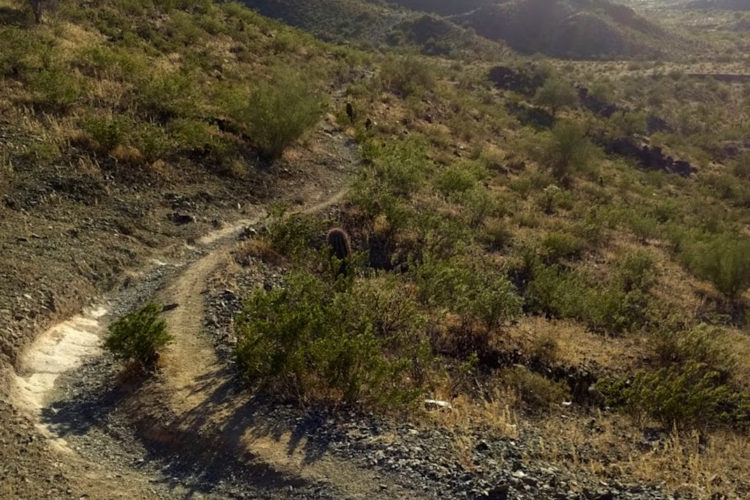

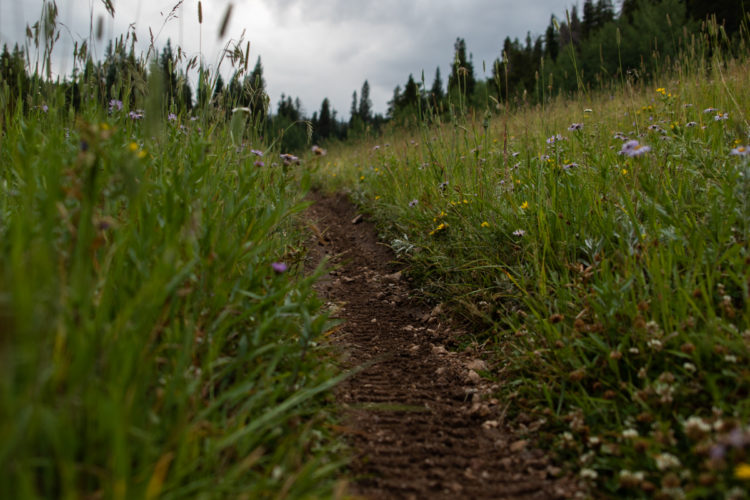
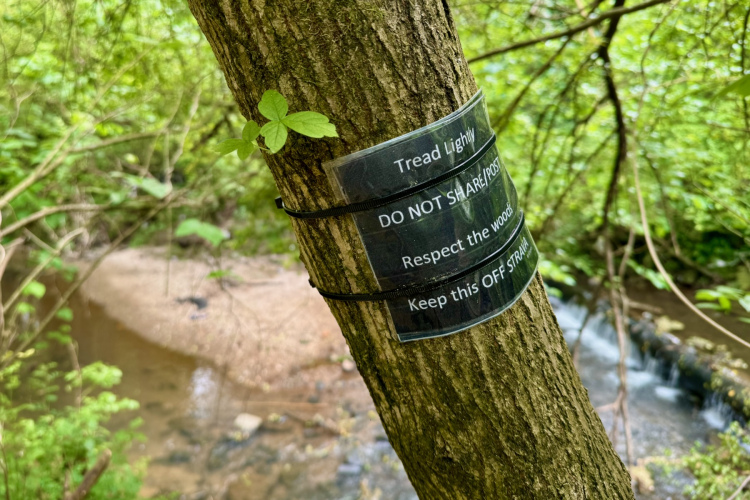
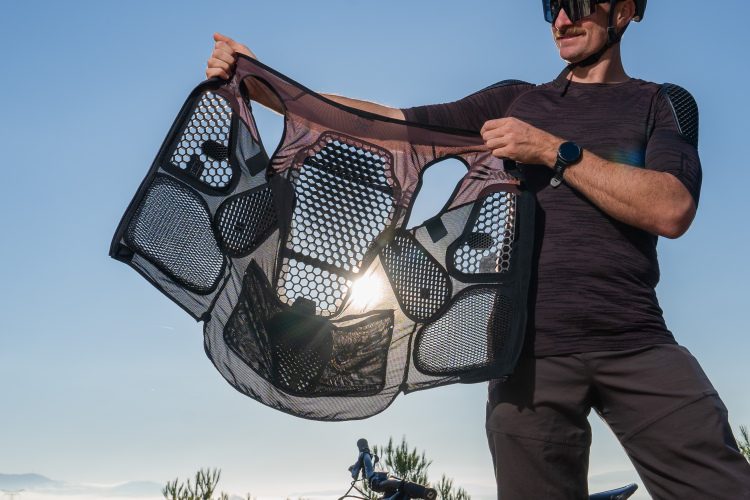

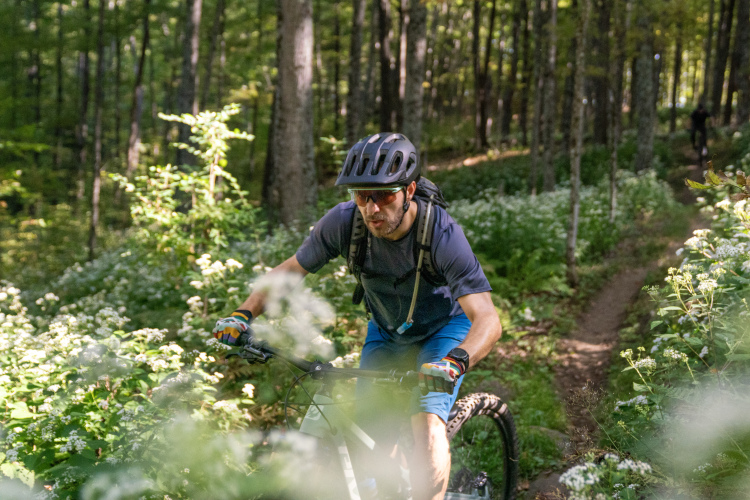

12 Comments
Jun 24, 2019
When I lived in Christchurch, NZ, the soil was a pretty heavy clay, so the trails understandably (with a few exceptions) closed during wet weather, and most people abided by the closures. Same went for most of my nearby trails when I was in Australia.
Here in Vancouver, the trails are open in all weather, you just have to make the choice as to whether you're capable of riding them in the wet! Of course there are the secret trails that don't hold up to wet weather riding and should be avoided, but most sanctioned trails are built to be all-weather.
Jun 23, 2019
Jun 26, 2019
Jun 24, 2019
Jun 23, 2019
Jun 23, 2019
Jun 24, 2019
Jun 23, 2019
Jun 23, 2019
Jun 23, 2019
Jun 23, 2019
Jun 23, 2019